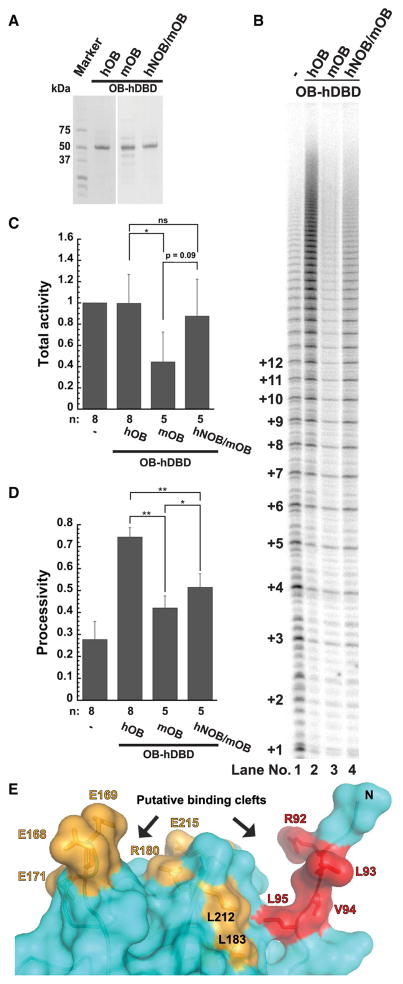Figure 4. Inability of Mouse TPP1 to Stimulate Human Telomerase Is Partially Rescued by Including the Human NOB Sequence.
(A) Coomassie-blue-stained SDS-PAGE gel of purified OB-hDBD variants containing either hTPP1 OB sequence (hOB), mTPP1 OB sequence (mOB), or mTPP1 OB sequence with site-directed mutations to reconstitute the human TPP1 NOB sequence (hNOB/mOB).
(B) Direct telomerase activity assay. Lane 1: telomerase extract alone; lanes 2–4 include indicated OB-hDBD variant.
(C and D) Quantitative comparison of (C) telomerase activity and (D) processivity from the indicated number of replicates (n), for which (B) is representative. Activity was determined using the entire signal in the lane with rolling-ball background correction, normalized against the signal observed for telomerase extract alone. Statistical significance was scored with a two-tailed Student’s t test. Error bars indicate SD. *p value between 0.01 to 0.05; **p value between 0.001 to 0.01.
(E) The NOB (red) and TEL patch (mustard) residues in the structure of the human TPP1 OB domain (PDB: 2I46; Wang et al., 2007) line two prominent clefts (indicated with arrows) that could bind telomerase.
See also Figures S3 and S4.

